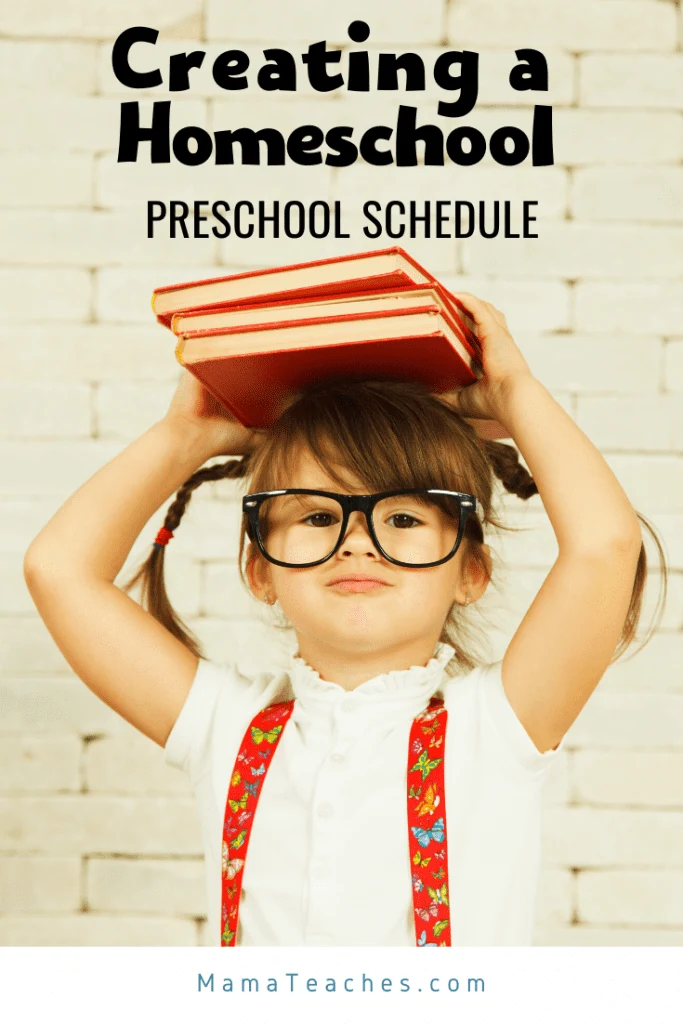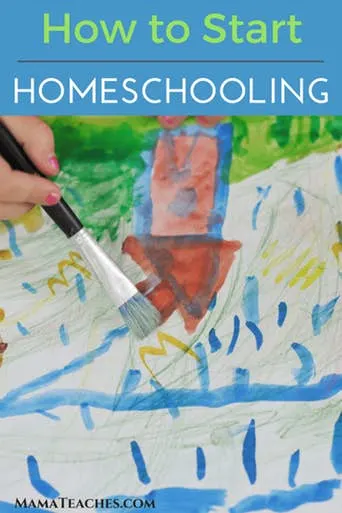Unschooling vs Homeschooling.
What are they, what makes them so unique, and which is best for your family?
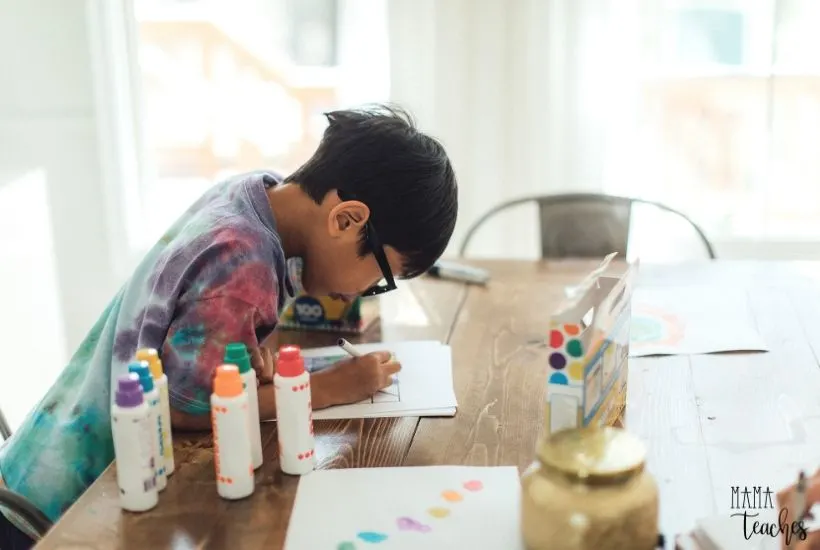
This article contains affiliate links to things that you might like.
Choosing A Path
One of the most challenging aspects of deciding to teach your kids at home is finding the best way to do so.
We all want the best for our kids, so it’s important to know about the vast array of educational philosophies available.
Whatever you choose, no worries!
It’s all about finding out what works best for you and your family.
Today, I want to take a look at unschooling vs homeschooling.
The main variable is who controls what is being taught.
In most forms of Homeschool, parents will have the final say in how their child’s lessons are structured, whereas, in unschooling, the child will form their own path.
What is Homeschooling?
Well, school at home!
More and more parents are joining the education revolution as they leave behind public school dynamics that don’t best serve their child and opt for a more freeing alternative.
*Please note that there’s a big distinction between the type of distance learning done during the Spring of 2020 and traditional homeschooling and unschooling. Read more here about why so many families hated homeschooling that was done that way.
There are so many different ways this can look, but no matter what, there is some structure to the homeschool approach.
The parents make decisions about what the child will learn and how typically planning out their days for them.
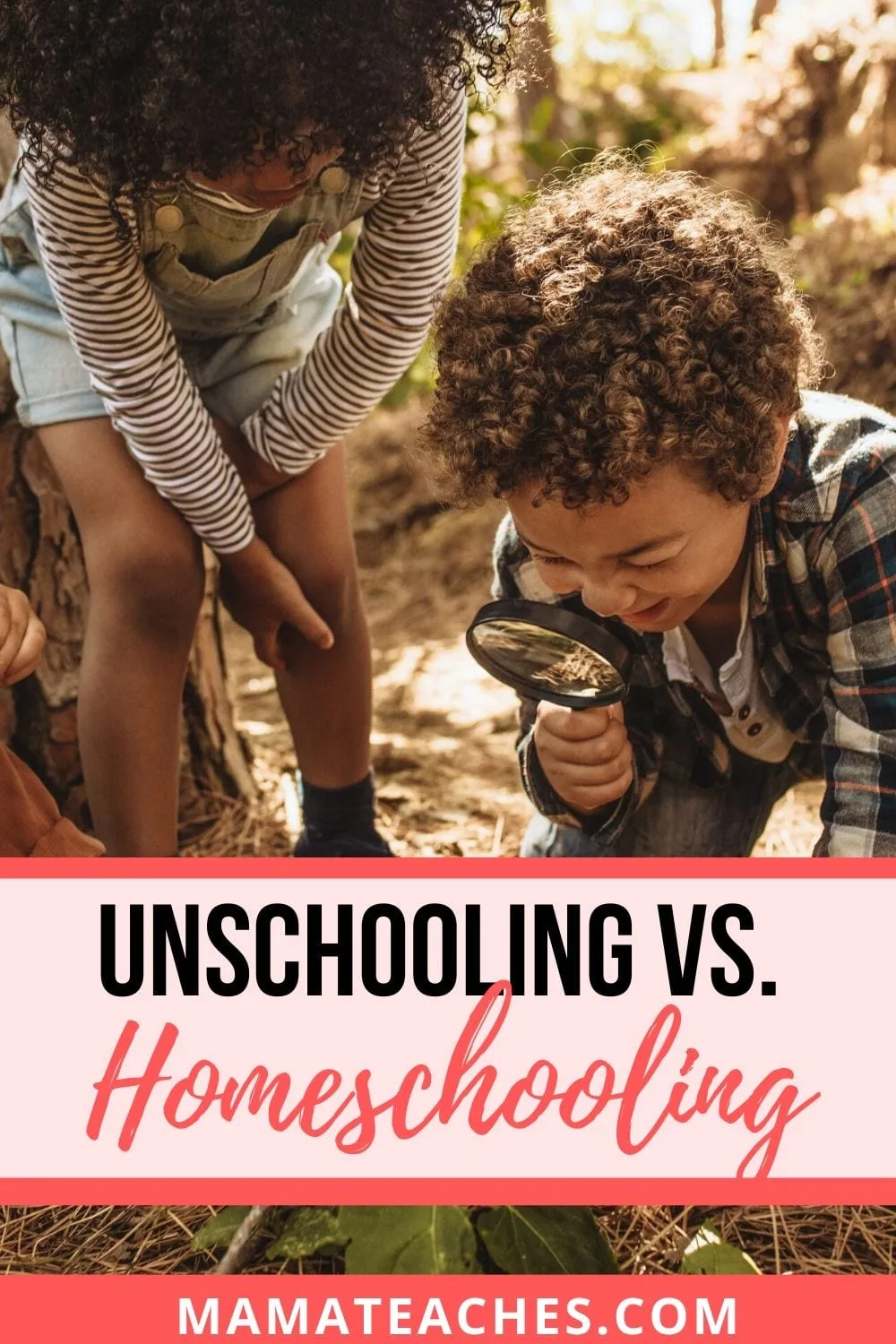
This can be a flexible guideline they abide by or could be a much more strict breakdown or what will happen in a given week.
Many people prefer to have a schedule for their child’s classes as well as schoolwork for them to turn in.
With both homeschooling and unschooling, you aren’t bound by the public school calendar year.
Instead, you can work year-round or take breaks when you feel it is best.
This offers a lot of space to decide what you think is valuable for your child to learn.
You could choose a daily schedule that includes each subject or block it out day by day.
A Daily Schedule Might Look Something Like This Example:
9:00 – Reading
9:45 – Math
10:30 – Break (snacks, play, etc.)
10:35 – Social Studies
11:10 – Language arts
11:45 – Lunch
12:45 – Science
1:30 – Art, Poetry, Creation
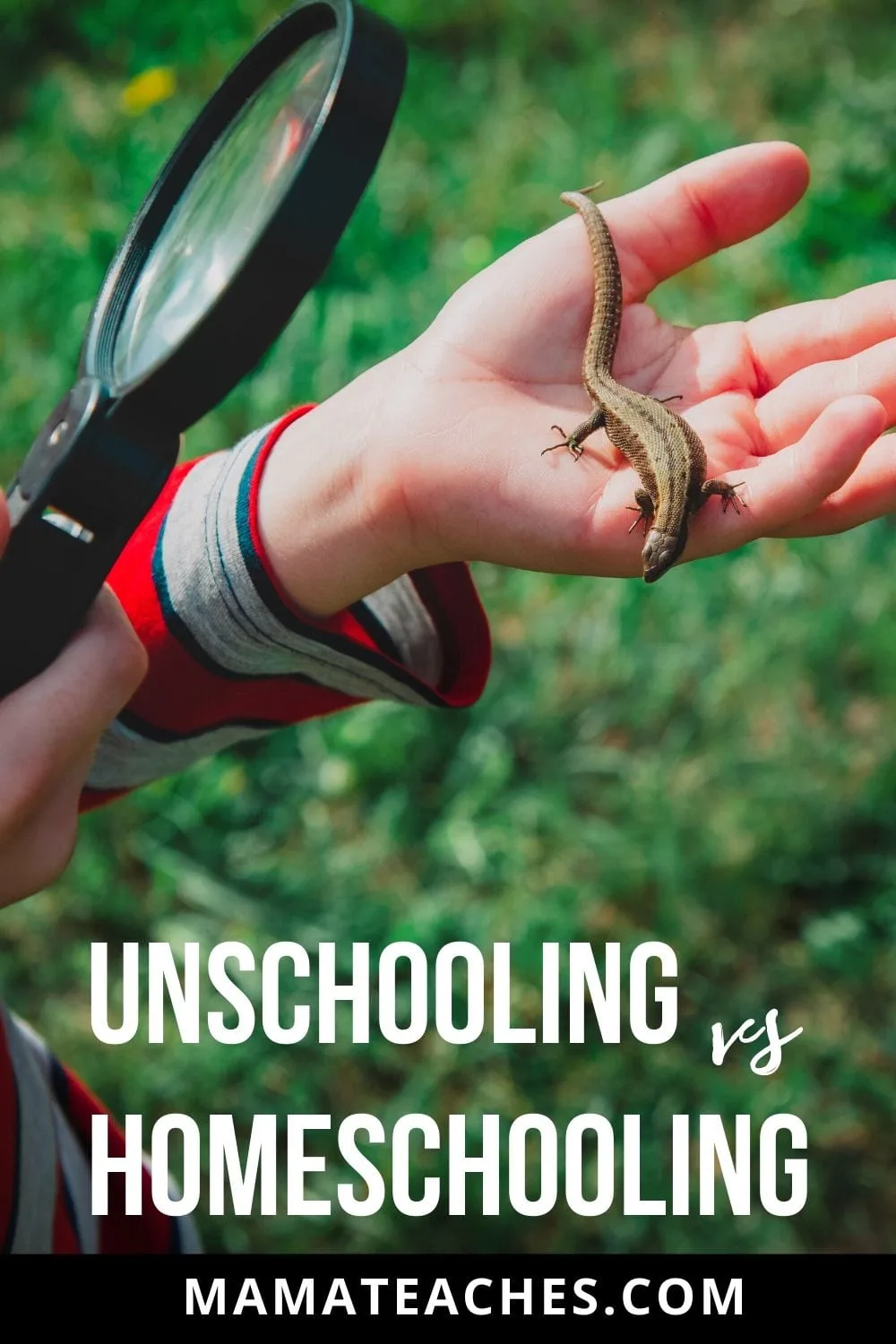
Or a Weekly Schedule Might Look Something Like:
Monday: History and Art
Tuesday: Reading and Math
Wednesday: Science and Language Arts
Thursday: Math and History
Friday: Language Arts and Reading
Again, this is all up to you!
You might start one way and end up another; it’s all a part of the process.
Here’s a simple homeschool schedule that you can fill out each week to help you stay organized.
In order to homeschool your child, you must withdraw from public school and adhere to the standards set for your state.
While not every state will require proof further than the parent’s satisfaction in each subject, you’ll still be asked to confirm that you are going to teach your child the mandatory subjects.
You can look up your state’s homeschool laws here.
So, What About Unschooling?
Unschooling is very similar to homeschooling in that you will withdraw from public school, but the main difference is that there is little to no structure (as we have known it.)
Unschooling is curiosity-led learning. In unschooling, the exploration of knowledge is left to the child.
Parents lend a guiding hand by offering different options and resources, but the class choices are ultimately left to the child.
There is no set structure to be followed.
Instead, the child searches out what piques their interest that day.
There is no “doing schoolwork” because you are learning all the time.
The idea of leaving it up to your child to want to learn, to choose to educate themselves can be uncomfortable because, as parents, we want to prepare them for life as best we can.
Unschooling is founded on the fact that children absorb more when they are passionate about what they learn and when they learn it.
This also offers many more opportunities for kids who struggle in traditional class settings!
Unschooling heavily deviates from educational paradigms we grew up in.
It builds off the joys of play and the ways children naturally question the world around them without confining their impulses into predetermined paths.
This is all about what the individual wants and needs, with a bendable form they can make into whatever they’d like.
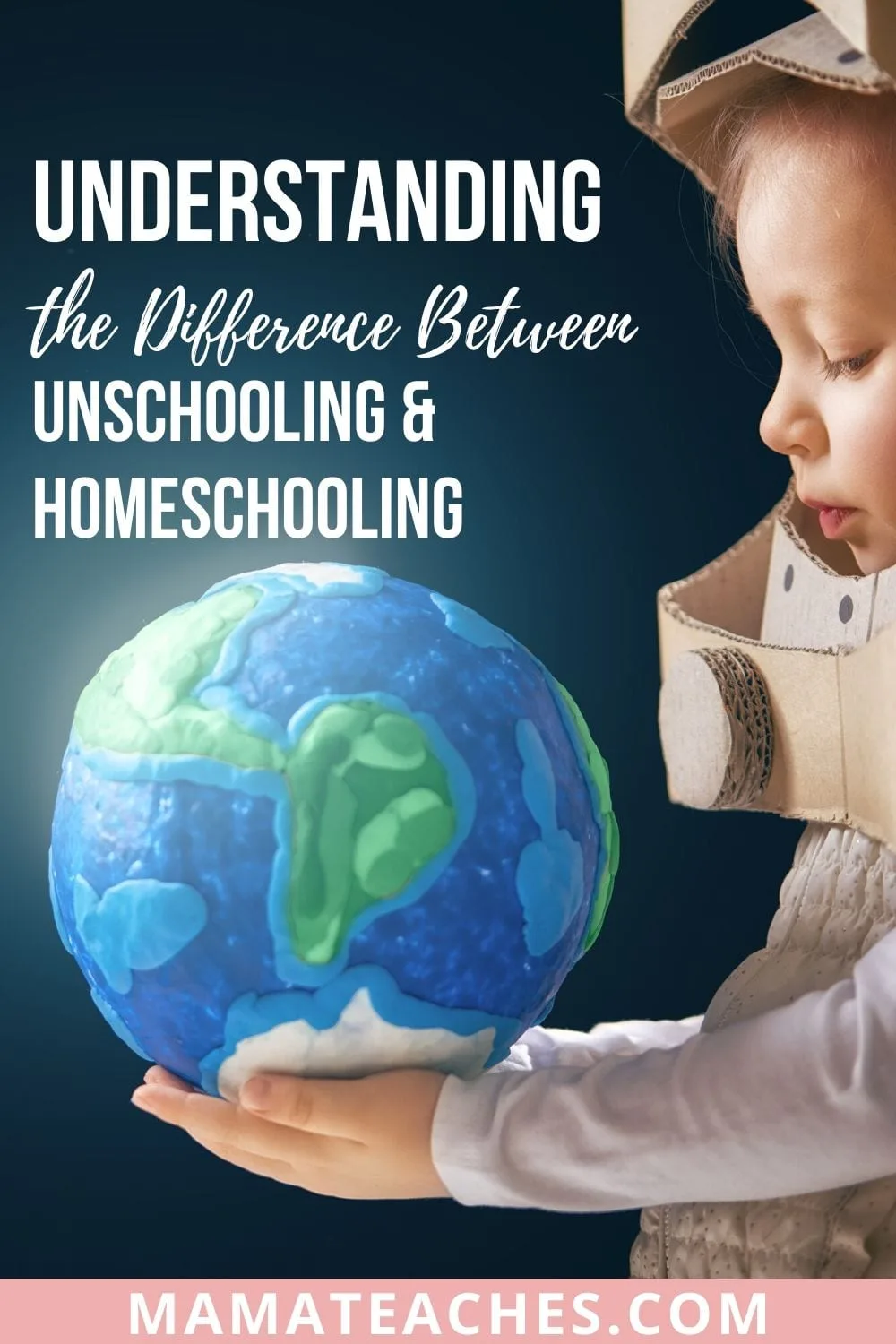
So…How do you unschool exactly?!?
For unschooling, here are some things you can do to help your child cultivate that desire to learn more.
- Create an exciting, interesting environment. If a child is surrounded by those who love to learn, this will inspire them to follow suit.
- Build a library and make it accessible to your child. They will learn to read in time, but seeing these little worlds exist in front of them may nudge your kid forward faster.
- Offer encouragement often. Validation excites children, and they will continue to progress to get more.
- When your child shows an interest in something, teach them how to find out more about it.
- Keep them exposed to the world. Bring them with you on adventures so that they can see the world around them and begin questioning it!
- Be patient (with yourself and your child)!
These are just a few tips because, again, unschooling is so many different things that it’s difficult to give you a step-by-step plan.
If you decide to go this route, keep in mind that everyone learns at their own pace, and although you may not see results right away, progress is still being made.
You also still abide by legal requirements as far as filing your child as homeschooled.
Check out the Home School Legal Defense Association (HSLDA) for more information on the laws.
Unschooling vs Homeschooling
One of the most important things to remember is that there really doesn’t have to be an unschooling vs. homeschooling battle.
The two methodologies can coexist.
You can even have one day each week that’s reserved for interest-led/child-led learning if you want to.
In homeschooling and in unschooling there is no right or wrong.
Support Is Always Needed
The best part of homeschooling and unschooling is the freedom to choose!
You can combine both of these techniques or search out your own.
Either way, there are plenty of connections to be made with other families on a similar journey.
You can find Facebook groups in your area, blogs (including this one) with advice as well as curriculums, and co-ops in your city to help stay involved.
Never hesitate to seek out advice, that’s what community is for!


